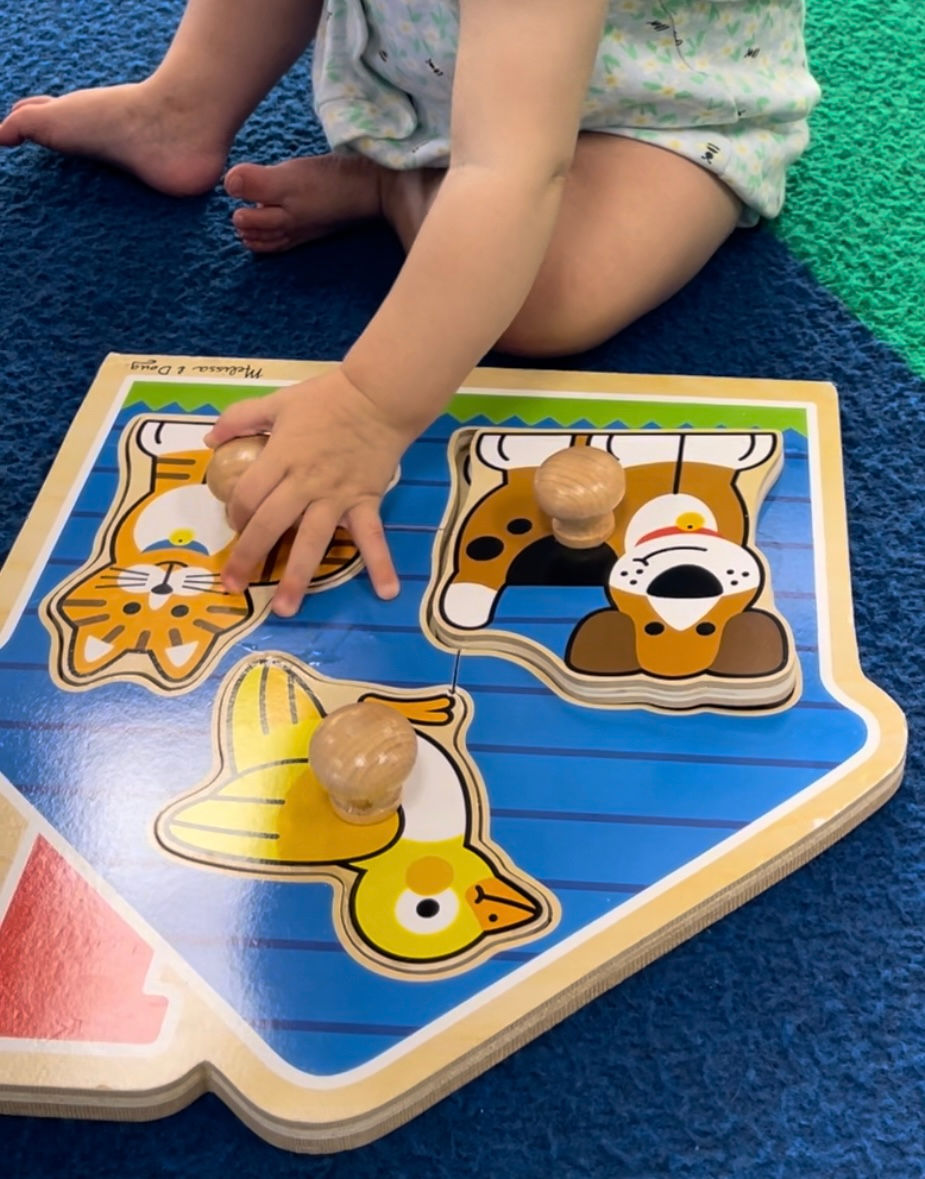Water Table Fun!
- SLP Mama

- May 23, 2024
- 4 min read
With summer quickly approaching, families are getting their outdoor toys ready for their little ones. My daughter loves to be outside, and aside from the amazing benefits the outdoors bring to our health, it just makes us both happy to be in the fresh air and sunshine. Water tables and sensory tables are a great way to stay cool in the summer months while playing with your child. There are many ways to promote speech and language development while splashing in the summer breeze.

Benefits of Water Table Play:
As always, play activities provide the opportunity to learn new vocabulary. Some words that you can functionally incorporate into water table play are: splash, pour, fill, dump, scoop, float, sink, drip, wet, dry, cold, warm, bubble, spill, more, empty, full, swim, & jump.
This fun activity provides perfect practice for following directions and understanding concepts. As you are playing, you can give your child simple directions to see if they can follow them.
Water tables are highly engaging and motivating for a lot of littles. By keeping children engaged for longer durations, we are providing more opportunities for communication.
Multisensory stimulation is highly beneficial for children while learning. During water play, children are seeing, touching, hearing, smelling, and feeling their bodies in space while learning language and how things work.
While children are playing with their water table, they are building their imagination and creative play skills.
Tips for Promoting Speech & Language with Your Water Table:
Add fun toys to the water table to help build vocabulary - animals, people, boats, buckets, etc. Using the toys, describe what the animals or people are doing in the water to practice action words in context:
"Dog is swimming"
"Sheep is splashing"
"Duck goes fast"
"The boy is in the boat"
"The girl is jumping"
Create “problems” that need help such as the duck getting stuck or the water spilling out of a bucket. By creating these situations where your child needs assistance, you are teaching them how to ask for help.
Practice following directions by telling your little one to:
"Fill up the bucket"
"Put the duck in the water"
"Take it out"
You can increase the complexity of the directions by giving 2-step commands:
"Fill up the bucket, then put the duck inside"
"Pick up the shovel, then scoop the water up"
Or by adding concept words to your command:
"Put the whale in the big bucket"
"Give me the blue fish, then you take the red fish"
If your little one is having trouble following your instructions, you can show them how to do it. You can then repeat the command for them while prompting them to copy you.
Encourage your child to request or ask for desired items by engaging in repetitive tasks. For example, fill up a bucket with water and pour it into the waterfall at the top. While doing so you can model, "More water", and, "Ready, set, go!" After modeling this a few times, fill up the bucket and pause to see what your child does. By pausing, you are giving them a chance to ask for "More water". You can also help them initiate by saying, "Ready, set, ___" and waiting to see if they will say, "Go!" (Check out the video below where I practice this with my daughter)
Practice turn-taking with your little one! You can take turns pouring the water onto the spinning wheels or take turns filling a small watering can and watering the flowers. Be sure to pair the actions with language, "My turn, mommy's turn" or "Your turn". Some children are resistant to taking turns. By beginning with short-duration turns, where you quickly go back and forth, they will learn that even if they give up the toy, they will get it back.
Help your child to expand their utterance. A simple way to do this is to add one word to your child's utterance. For children beginning to combine words, you can add more than one word to correct their grammar and model correct sentence structure:
Child: “Duck” —> Parent: “Duck swims” or “Duck splashes”
Child: "Fall down" —> Parent: "Water falls down" or "He falls down"
Child: "Doggy swimming" —> Parent: "Doggy is swimming in the pool"
Engage with your child while they are playing. I get it, sometimes we just need a few minutes of peace and quiet while they are happy and playing with a toy. It is also important for children to learn to play independently, so don't feel guilty when you need this time! When you do have the time and energy, sit with your child while they are playing and be an active play partner. Help them to make language connections to the activity by narrating what they are doing (e.g., "You are splashing in the water," "You made the wheel spin," "The dog is jumping in the water and now he's all wet.") and showing them new ways to play with the toys (e.g., Making the animals jump into the water to swim or making the people drive a pretend boat).
Encourage pretend play using the animals and people toys that you've added to the water. You can model conversations that the toys are having and encourage your little one to get involved.
Below is a clip of my daughter and I playing with her water table. Here you will see me modeling how to request for "more water" and encouraging her to do the same. I also use the repetitive phrase, "Ready, set, ___" and allow her to fill in, "Go!" I model vocabulary and phrases like "All gone".
Get our water table here!
**This post contains affiliate links.






Comments